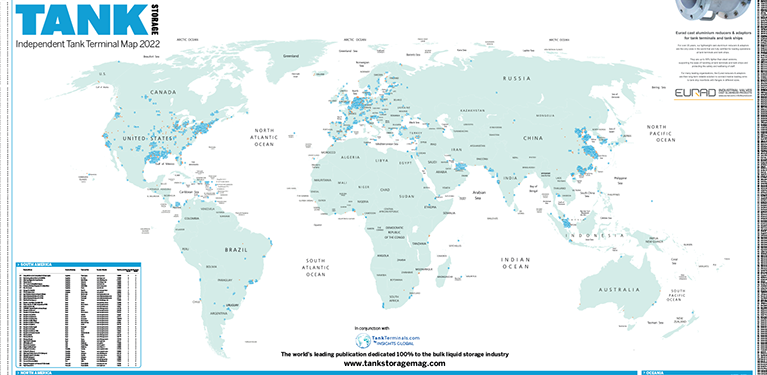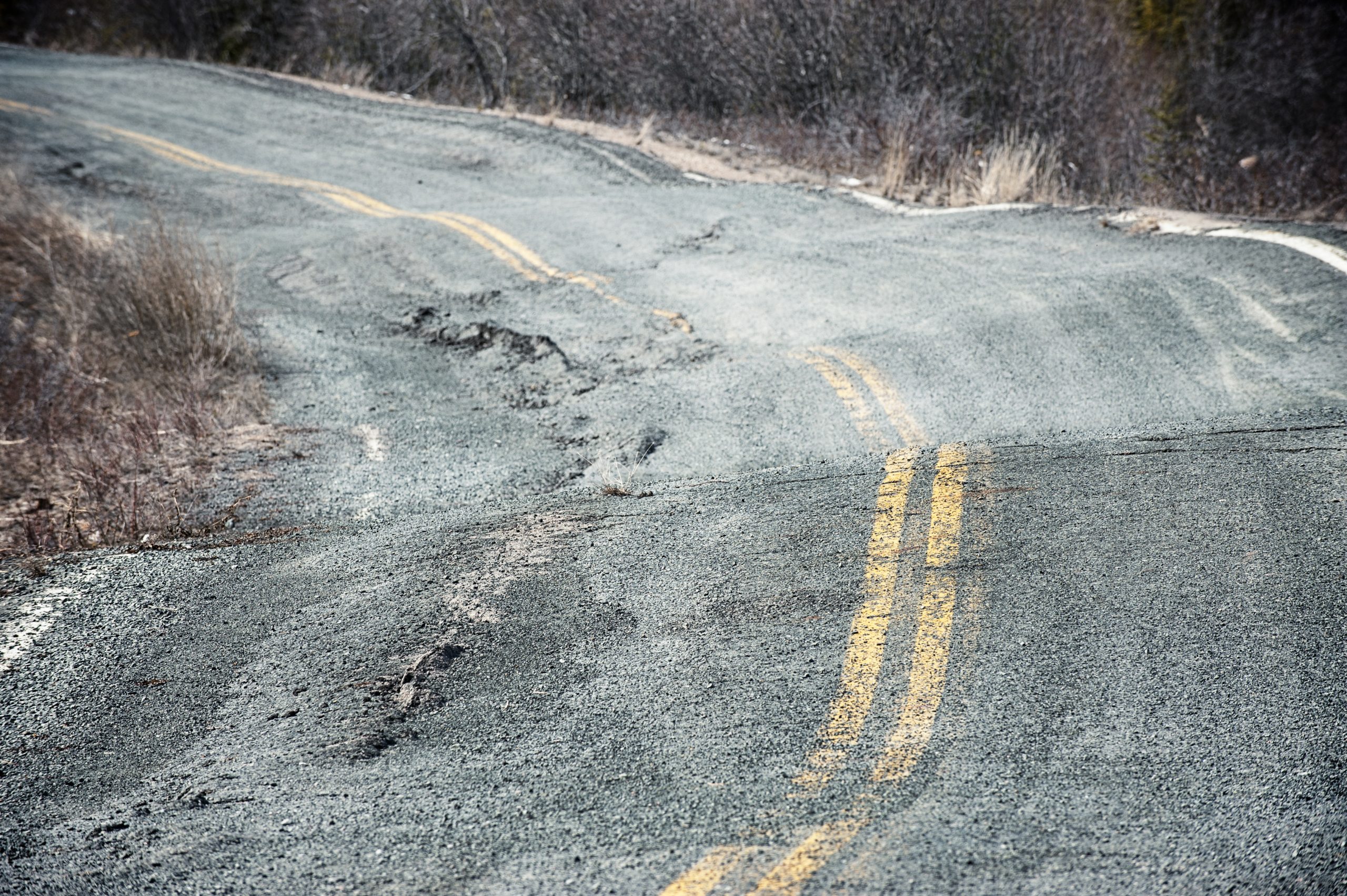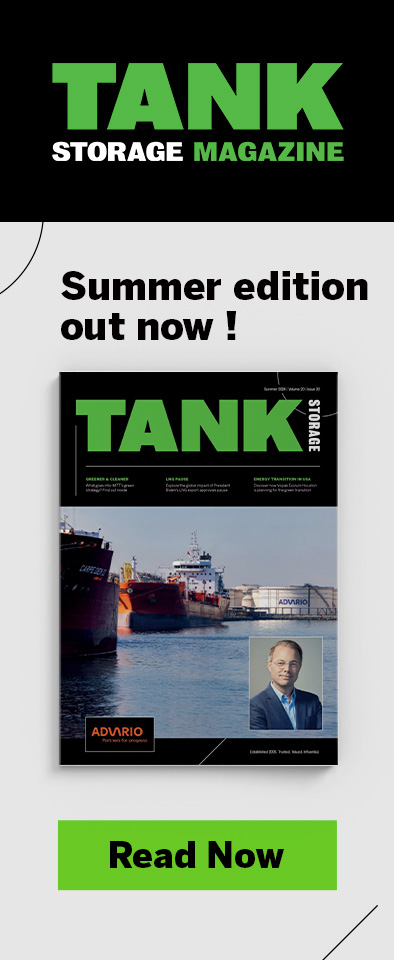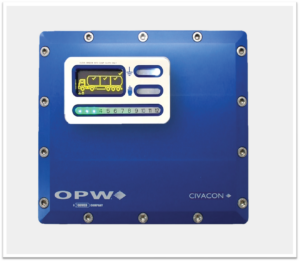When considering land area, around a quarter of the northern hemisphere has continuous permafrost, that is 23 million km2 where the ground is frozen all year round. This phenomenon is widespread in the Arctic regions of Siberia, Canada, Greenland and Alaska, and even on the floor of the Arctic Ocean as undersea permafrost.
The definition of permafrost can be quite complex, but a simple way to think of it is as a layer of soil, rocks and sand that are bound together by ice. The ground will stay frozen all year round and after two consecutive years, it is described as permafrost.
When the temperature of the permafrost rises above freezing, it may thaw. These changes can be studied and enable scientists to understand changes in Earth’s climate over time. It is currently thought that Earth’s permafrost warmed by 6°C during the 20th century and this trend is expected to continue through the next century.
PROBLEMS OF THAWING PERMAFROST
Soil that is frozen and thawed contributes to a large number of environmental processes. Frost heave specifically causes significant engineering problems and these changing ground conditions can cause huge issues when considering building infrastructure. The soil’s physical properties are altered which can cause stress fractures, create erosion and alter the soil’s hydraulic properties. In essence it is like trying to build on a constantly moving foundation.
The forces seen on soils that are prone to frost heave are enormous and easily large enough to break concrete, sink a road, or even collapse a building. Many countries now have design specification standards provided by national test houses for the design, testing and specification of frost resistance of concrete and how this is implemented in any new construction designs.
This presents challenges for engineers and designers who need to develop structures that are strong enough yet have the flexibility to deal with the challenges of an ever-moving substrate. Traditional concrete solutions do not fair well under these extreme climatic conditions, as can be seen in the image above.
Obviously, damage to road and rail infrastructure is a very serious issue, but we should also consider how severe the consequences would be of damage to infrastructure at a petrochemical storage or production facility. We would then be able to truly get a feeling for the importance of using state of the art materials to mitigate these risks.
Unfortunately, the possible effects of this thawing have already been seen at a Nornickel facility 300 km north of the Arctic Circle1. This has been widely documented and solutions implemented to avoid future issues.
Nornickel set up a pilot geotechnical monitoring system at 11 diesel tanks, following the collapse of diesel tank owned by subsidiary Norilsk-Taymyr Energy Company (NTEC) in Norilsk, which spilt almost 20,000 L of diesel into the surrounding land and waterways. Nornickel’s investigations found that the collapse had been partly caused by melting permafrost, although this was disputed by the Russian environmental supervisory body Rostechnadzor. Clean-up costs for the pollution have been estimated in excess of €1 billion, and Rostechnadzor fined Nornickel RUB 146.2 billion (€1.67 billion) for the disaster, the largest environmental fine ever imposed in Russia.
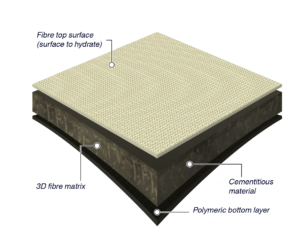
CONCRETE SOLUTIONS
As previously stated, traditional concrete technologies such as poured, sprayed or pre-cast concrete do not perform well in these conditions due to their inherent rigidity and have relatively poor durability. They can experience significant accelerated damage including surface scaling, pop outs and various forms of cracking. This is not that surprising when we consider how we think of concrete as being strong and hard with little, or no flexibility. The juxtaposition of the differing elements of design requirements requires a novel material – a ‘flexible concrete’.
Concrete Canvas is an innovative and revolutionary material – in essence concrete delivered on a roll. The material is a flexible three-dimensional fibre matrix containing a specially formulated dry cementitious powder mix which once hydrated with water, sets to provide a thin, durable, waterproof and lower carbon alternative to traditional concrete when used for erosion protection applications.
As can be seen in Figure 2, once set, the internal fibres reinforce the concrete preventing crack propagation and providing a unique and safe plastic failure mode. Although it shows good strength and appears hard, like concrete, it is the performance with substrates that suffer differential movement where it really comes into its own. Rather than suffering catastrophic failure as a traditional concrete structure would, Concrete Canvas is designed to allow micro cracking through its construction and maintain full design integrity.
This can be illustrated in Figures 3 and 4, which show a set sample of Concrete Canvas material being tested for flexural strength. The material will bend under the load but maintain its integrity as the core allows the micro cracks to form. There is a polymeric membrane on the back side of the material which can accommodate strain over 5%, so the permeability is not breached and in a bund lining application, for example, would still be fit for purpose.


USED AROUND THE WORLD
Since its inception in 2005, Concrete Canvas materials have been successfully utilised in some of the most extreme and harsh environments around the world – from the extreme heat of Saudi Arabian and Australian deserts to the frozen arctic regions of Siberia, Canada and even Greenland. This disruptive material technology is providing a solution to various applications across many market sectors, not just in the tank storage arena.
In addition to the vast installed base of projects, the material has also been subjected to a full and rigorous testing regime to specific standards including freeze thaw testing. This test method involves subjecting the material to 200 cycles of freezing to -50°C and thawing to +50°C whilst being saturated in water to simulate many years of changing seasons. The British Board of Agrément (BBA) has certified that Concrete Canvas has a life expectancy in excess of 120 years.
For the past 10 years, thousands of square metres of Concrete Canvas material have been installed on to permafrost affected ground and we are still yet to see any degradation in performance across various applications, including channel and bund linings.
In 2021 a fuel terminal utilised over 60,000 m3 of this material technology to protect their secondary containment bunds and internal floor area from erosion. The facility, which is located within the Arctic Circle, has large continuous permafrost areas so is well aware of the issues faced operating in such harsh conditions. It could clearly see the benefits available when assessing new materials to provide a long term secure solution.
References
- www.tankstoragemag.com/2021/08/31/nornickel-pilot-tank-monitoring-system-successful/
- www.tankstoragemag.com/
2020/06/03/melting-permafrost-behind-nornickel-tank-failure/ - https://www.tankstoragemag.com/2021/03/11/nornickel-pays-record-e1-67-billion-fine-for-fuel-spill/
For more information:
Darren Hughes is the international business development manager at Concrete Canvas.


